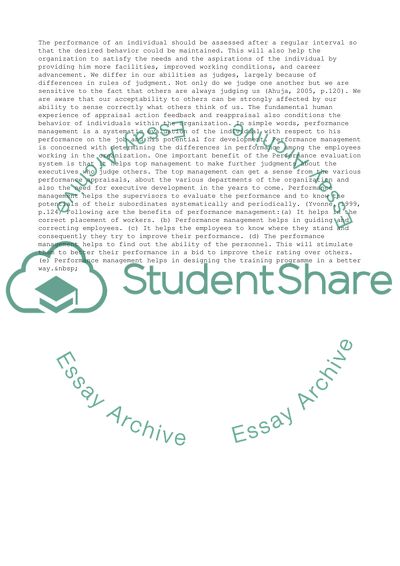Cite this document
(Performance Management: Working Conditions and Career Advancement Case Study, n.d.)
Performance Management: Working Conditions and Career Advancement Case Study. Retrieved from https://studentshare.org/management/1521518-performance-management-master-essay
Performance Management: Working Conditions and Career Advancement Case Study. Retrieved from https://studentshare.org/management/1521518-performance-management-master-essay
(Performance Management: Working Conditions and Career Advancement Case Study)
Performance Management: Working Conditions and Career Advancement Case Study. https://studentshare.org/management/1521518-performance-management-master-essay.
Performance Management: Working Conditions and Career Advancement Case Study. https://studentshare.org/management/1521518-performance-management-master-essay.
“Performance Management: Working Conditions and Career Advancement Case Study”, n.d. https://studentshare.org/management/1521518-performance-management-master-essay.


